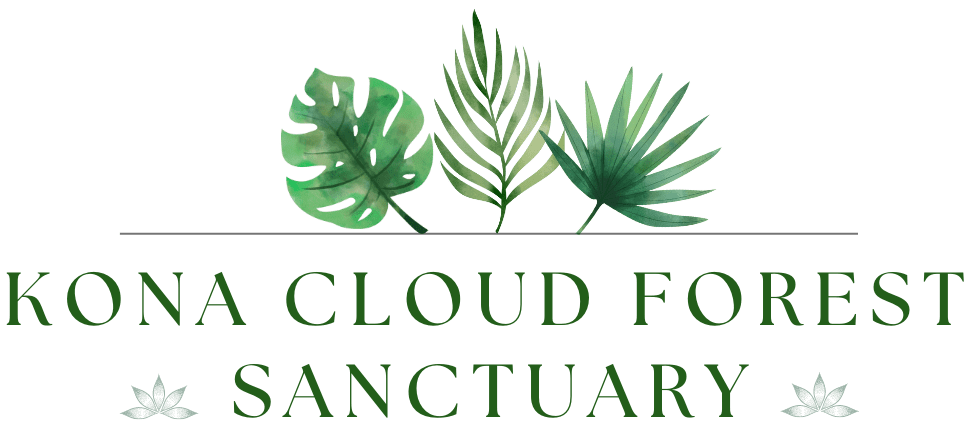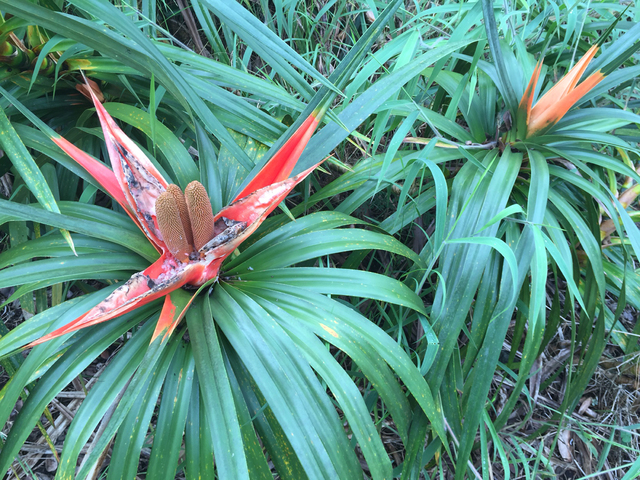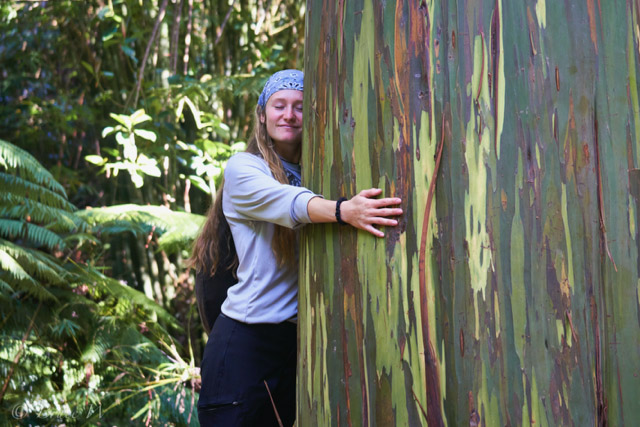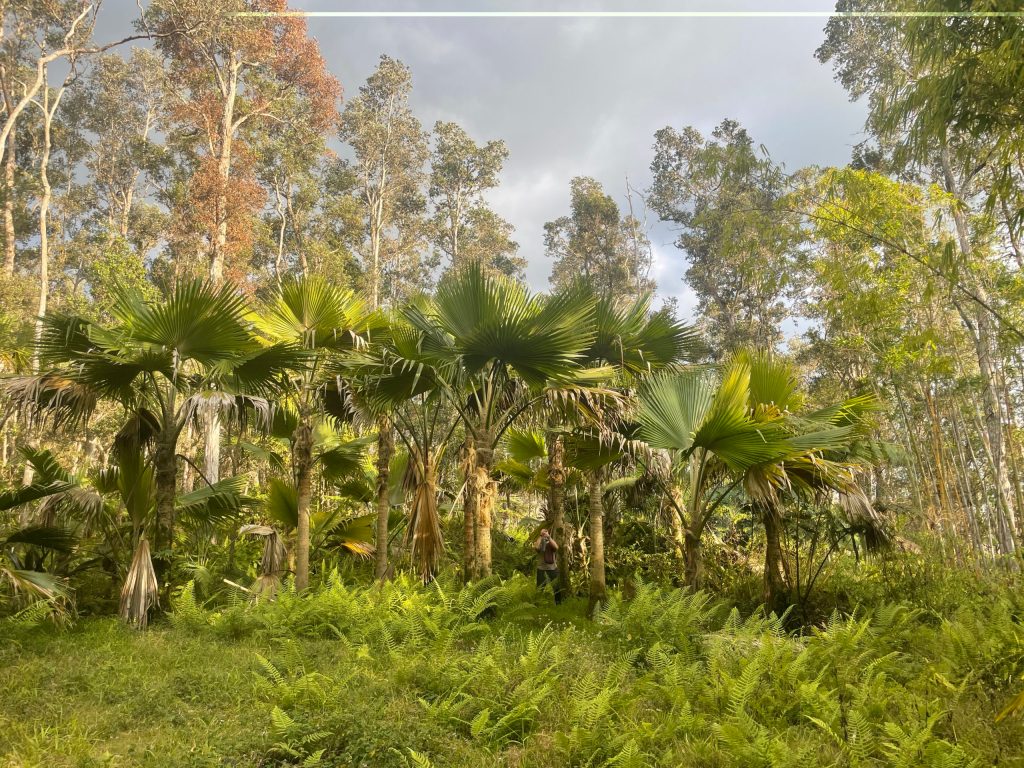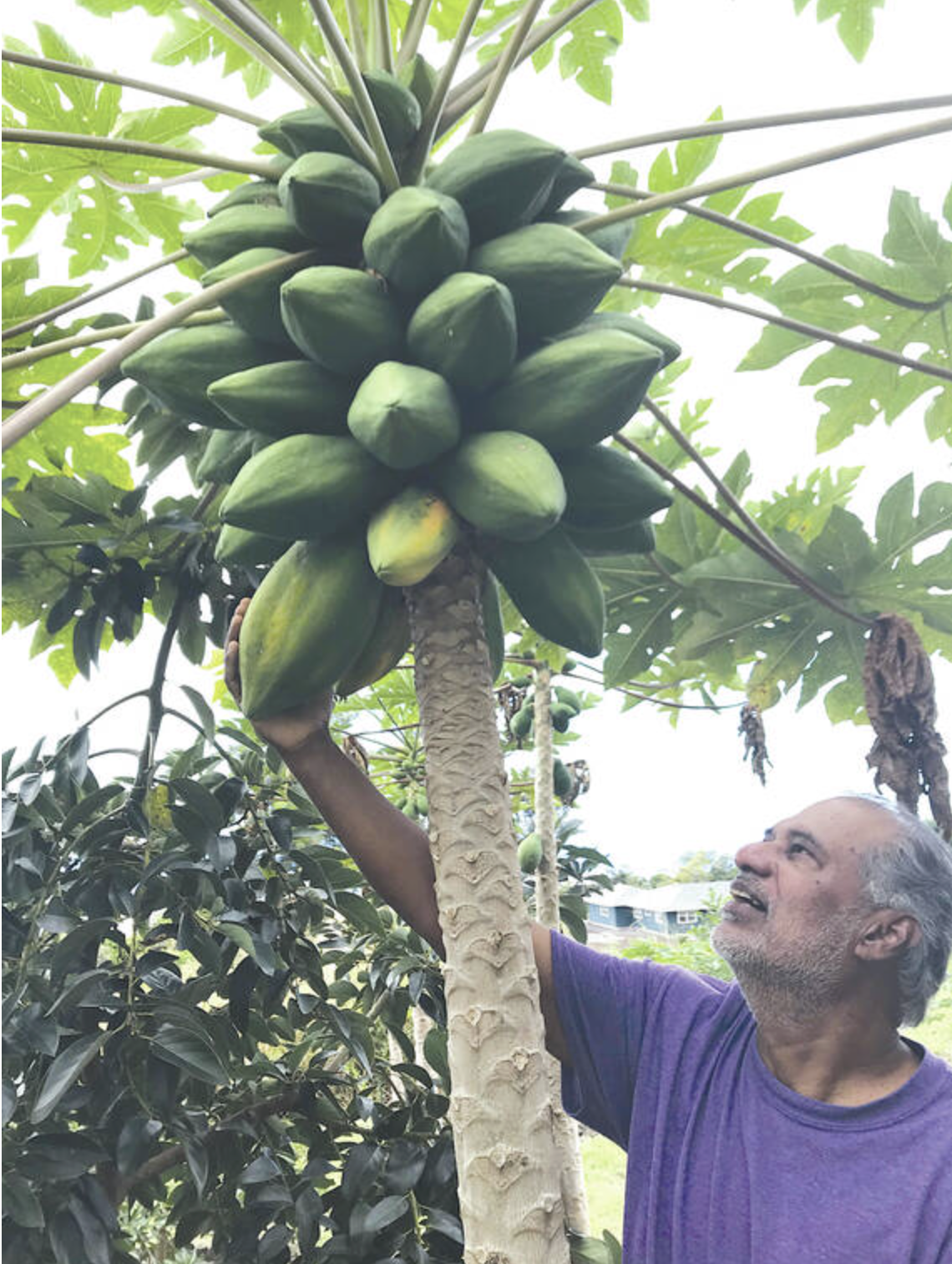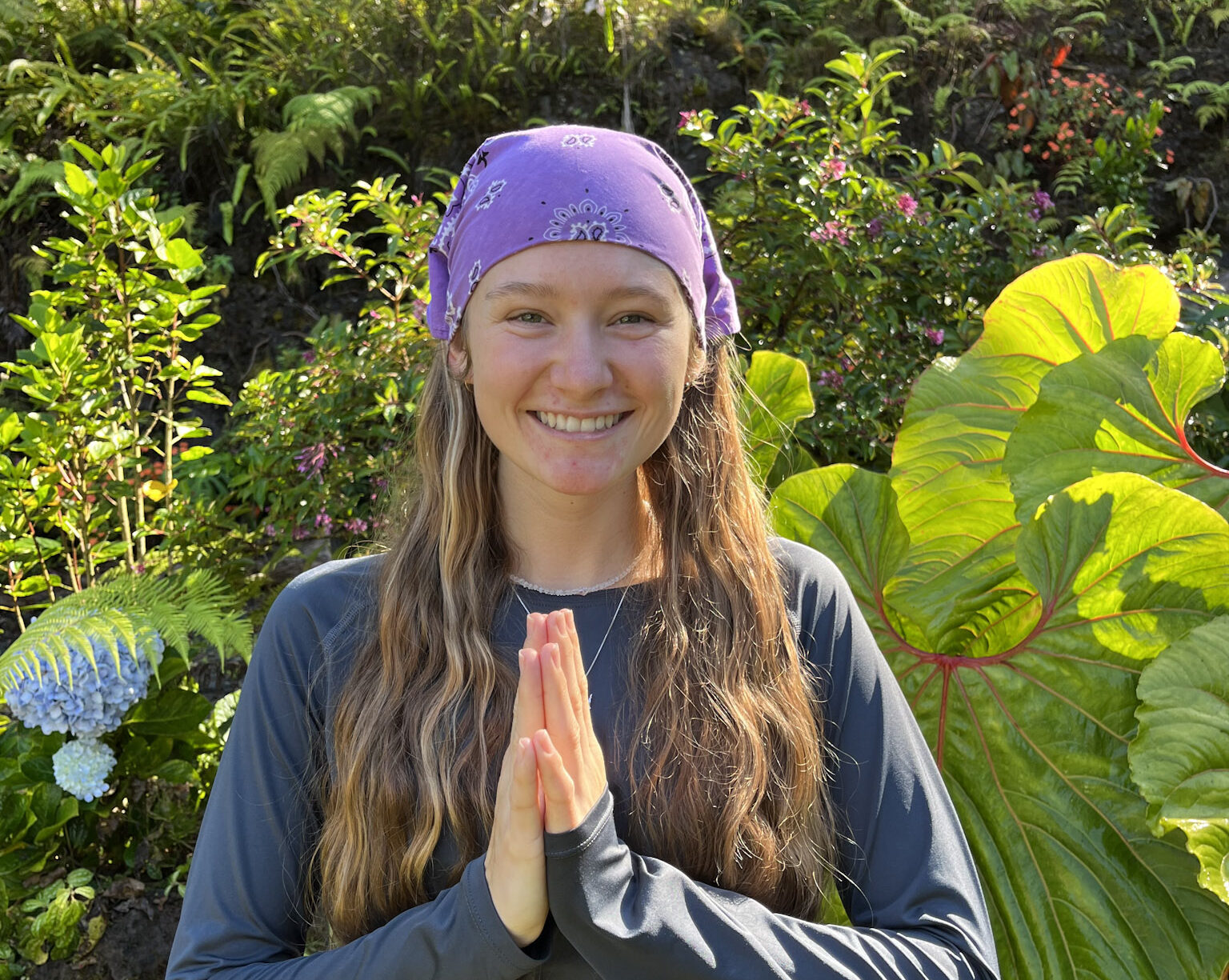In the heart of the lush tropical forests of Hawaii lies a captivating tale of survival and interdependence, woven by the ‘Ie’Ie vine and the Hawaiian crow. This unique relationship not only mirrors the delicate balance of nature but also carries significant implications for the survival of these species, particularly the endangered Hawaiian crow.
The ‘Ie’Ie Vine
The ‘Ie’Ie vine, native to the Hawaiian islands, stands as a botanical marvel, weaving an integral thread in the intricate tapestry of Hawaii’s forest ecology. This vibrant vine, with its lush green foliage and delicate tendrils, plays a crucial role in maintaining the balance of the island’s ecosystems. Serving as both a provider and a habitat, the ‘ie’ie vine offers shelter to various creatures while contributing to the overall biodiversity. One of its pivotal roles lies in its reliance on the Hawaiian crow for seed dispersal. The vine’s reproduction is intricately tied to the foraging habits of the now endangered crow species, creating a unique symbiosis. Beyond this partnership, the ‘ie’ie vine is a keystone species, influencing soil composition and nutrient cycling, further enriching the forest floor. Its presence is not merely botanical; it has several medicinal and non-medicinal benefits and is a cornerstone of the delicate relationships that define Hawaii’s ecological harmony, emphasizing the need for conservation efforts to preserve this remarkable species and the interconnected web of life it supports.
The Hawaiian Crow (‘alalā)
Once an integral part of Hawaii’s ecosystem, the Hawaiian crow now faces the grim reality of extinction. The extinction of the crow in the wild has left a void in the intricate dance of nature, disrupting the fragile balance between flora and fauna.
The Hawaiian crow, or ‘alalā, plays a pivotal role as a seed spreader, contributing significantly to the ecological balance of Hawaii’s unique ecosystem. As these intelligent birds forage through the forest, they inadvertently become vital agents of dispersal for various plant species, including the ‘ie’ie vine. The ‘alalā’s foraging habits involve consuming fruits and seeds, and as they travel across the landscape, they deposit these seeds in different locations through their droppings. This unintentional act of seed dispersal helps in the regeneration and diversity of plant life, promoting the growth of new vegetation and contributing to the overall health of the forest. The decline of the Hawaiian crow poses a direct threat to this ecological function, emphasizing the urgency of conservation efforts to safeguard not only the ‘alalā but also the intricate web of life that depends on their unique role as seed spreaders.
Conservation Efforts
In light of the imminent risk, conservationists are actively working to reintroduce the Hawaiian crow into its native habitat. This bold initiative aims to revive the natural harmony disrupted by the crow’s disappearance, ensuring the survival of the ‘ie’ie vine and countless other species that depend on this intricate relationship.
The Fragility of Forests
The ‘ie’ie vine and Hawaiian crow saga serves as a poignant reminder of the fragile relationships that underpin our forests. It highlights the interconnectedness of all living things, emphasizing the importance of preserving biodiversity and taking proactive measures to prevent the loss of species critical to the ecosystem.
Beyond Survival
The consequences of the Hawaiian crow’s extinction extend beyond the survival of the ‘ie’ie vine. The ecological ripple effect touches various aspects of the ecosystem, affecting other plants, animals, and even the climate. Understanding and addressing these interconnected impacts is vital for comprehensive conservation efforts.
Planting Seeds of Awareness
As stewards of the environment, organizations like the Kona Cloud Forest Sanctuary believe that it is our collective responsibility to nurture and protect the delicate relationships that sustain life. Raising awareness about the ‘ie’ie vine and Hawaiian crow relationship serves as a call to action, inspiring people to contribute to conservation efforts and preserve the intricate tapestry of our natural world.
Nurturing Nature’s Symphony
The intertwined fate of the ‘ie’ie vine and the Hawaiian crow unveils the poetry written by nature. As we navigate the complexities of conservation, it is essential to recognize our role as custodians of the Earth. By understanding and preserving these delicate relationships, we contribute to the symphony of nature, ensuring a harmonious coexistence for generations to come.
FAQ’s
What is the significance of the ‘Ie’Ie vine in Hawaii’s forests?
The ‘Ie’Ie vine is a native botanical treasure in Hawaii, contributing significantly to the intricate balance of the island’s ecosystems. Its lush green foliage and delicate vines not only provide shelter to various creatures but also play a vital role in maintaining biodiversity. Beyond aesthetics, the vine influences soil composition, nutrient cycling, medicinal and non-medicinal uses, and serves as a keystone species, enriching the entire forest ecosystem.
How does the ‘Ie’Ie vine reproduce, and what is its relationship with the Hawaiian crow?
The ‘Ie’Ie vine relies on the Hawaiian crow for seed dispersal. The vine produces seeds, which the crow consumes as part of its diet. In the process of foraging, the crow deposits the seeds in different locations, unintentionally aiding the vine’s reproduction. This interdependence highlights the unique and delicate relationship between these two species.
Why is the Hawaiian crow essential as a seed spreader?
The Hawaiian crow, also known as ‘alalā, serves a crucial role as a seed spreader in Hawaii’s forests. As the crow forages for fruits and seeds, it inadvertently disperses these seeds across the landscape through its droppings. This unintentional act of seed dispersal is vital for the regeneration and diversity of plant life, contributing significantly to the overall health of the forest ecosystem.
How is the Hawaiian crow connected to the ‘Ie’Ie vine and other plant species?
The Hawaiian crow’s role as a seed spreader is particularly significant for plants like the ‘Ie’Ie vine. The vine depends on the crow’s foraging habits to disperse its seeds, facilitating its reproduction. This relationship extends beyond the ‘Ie’Ie vine, impacting various plant species and contributing to the overall ecological balance of Hawaii’s unique ecosystem.
Why is the conservation of the Hawaiian crow and ‘Ie’Ie vine important?
Conservation efforts for the Hawaiian crow and ‘Ie’Ie vine are crucial to preserving the delicate relationships that define Hawaii’s forest ecology. The decline of the crow poses a direct threat to the vine’s reproduction and, by extension, the broader ecosystem. Protecting these species is essential for maintaining the biodiversity and ecological harmony of Hawaii’s forests.
